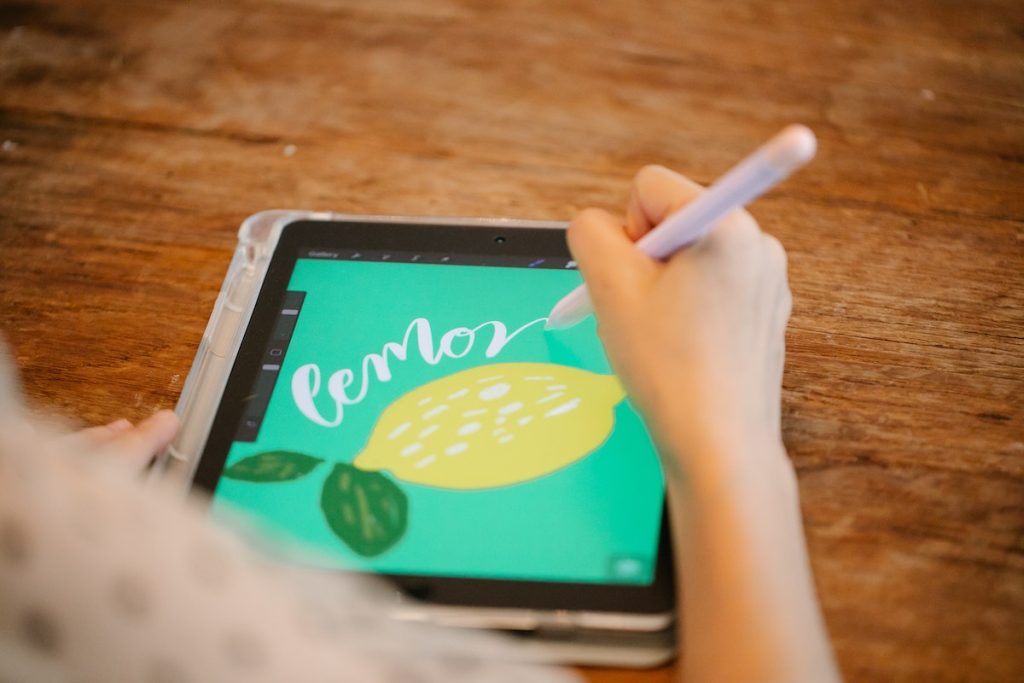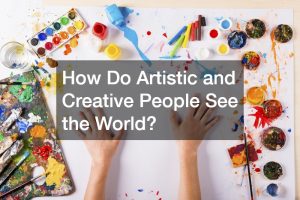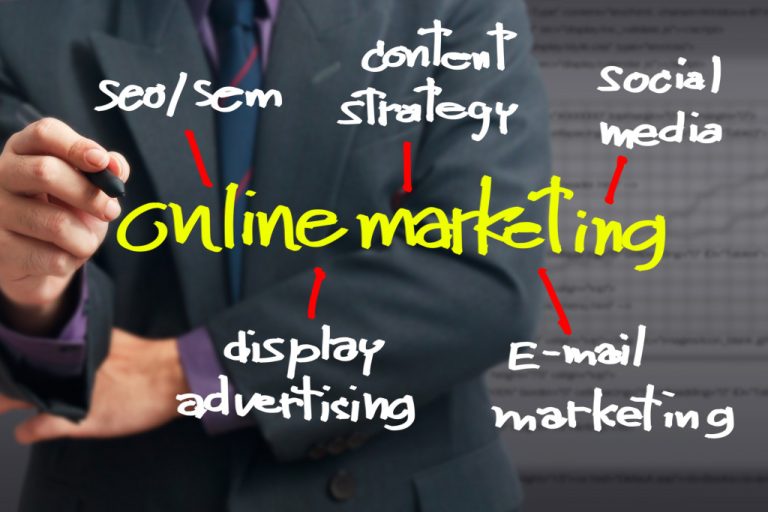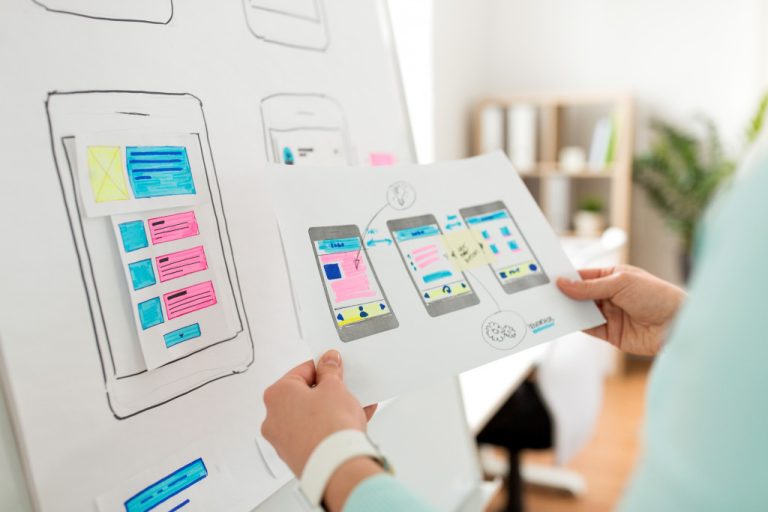- Digital media art offers numerous benefits, such as versatility, accessibility, global reach, and room for innovation.
- Digital art embraces various art forms such as digital painting, 3D modeling, animation, VR, and more.
- Digital media art distinguishes itself from traditional art in ways like material usage, freedom of editing and reproduction, interactivity, etc.
- The step-by-step guide to mastery includes the right tools and software, continuous learning, collaborating, and staying updated.
Digital media art proficiency has become essential for any artist hoping to stand out in a highly visual culture. When combined, technology, imagination, and creativity grant artists self-expression and the freedom to create.
Lately, there has been a growing recognition for digital media arts, commonly referred to as digital art. Shape-shifting art forms now take place through computers, tablets, and customized software thanks to digital tools. This genre has expanded upon modern art, pushing conventions.
Without any particular supplies or studio space prerequisites, mastering digital media art grants numerous advantages to artists and creators. Through various digital tools and techniques, digital media in art offers great versatility.
Below, we uncover helpful insights to help you become a digital media artist in the digital arts and media landscape.
What Is Digital Media Art?
So, what is digital media art? Digital media art stands under the umbrella of a broader term media arts and encompasses various art forms crafted through digital art media and technology, such as:
- Digital Painting: Digital brushes and techniques allow for the creation of online paintings.
- 3D Modeling: Refers to three-dimensional object building and scene crafting.
- Animation: With motion, inanimate things or photos become animated.
- Virtual Reality (VR) Art: Creating immersive, interactive experiences.
- Generative Art: Computer programs and algorithmic art.
- Video Art: Artistic expression via video footage is an option.
- Interactive Installations: Art that changes based on how viewers interact with it.
Digital Media Art vs. Traditional Art
Digital media art distinguishes itself from traditional art forms in several ways:
- Physical vs. Digital: Art, traditional in nature, utilizes materials such as canvas, paint, and clay. Digital media art uses electronic devices and software.
- Undo and Edit: Editing and undoing their work is possible for a digital media artist.
- Infinite reproduction: Endlessly replicable, digital art maintains quality.
- Interactivity: Interactivity is a common element found in digital artworks.
- Dynamic nature: Digital art alterations result from stimuli or user feedback.
Perks of Digital Media Art
While the accessibility and cost of digital media tools have decreased, the creative possibilities offered by software and hardware know no bounds. With digital art, you can maintain your pieces in their original condition forever. Traditional art, compared to contemporary pieces, tends to degrade.
The internet provides a vast platform for showcasing the creations. Artists can share their work on social media, art communities, and personal websites, reaching a global audience.
That goes hand-in-hand with the opportunity for collaboration on a global scale, in real time, along with sharing ideas and techniques with colleagues from diverse regions.
Unique Opportunities for Artistic Expression and Innovation
Freedom of expression is at the core of digital media art, allowing artists to push boundaries and create innovatively. With digital technology, material waste concerns are lifted as well.
It also provides an excellent learning platform through many digital media courses, media art programs, and media art classes. Through technological progression, artists can keep their work current and integrate recent advances.
Digital art and media can involve fusion and a multidisciplinary approach, which brings them a pivotal role in communication design (advertising, branding, social media design, etc.).
Mastering Digital Media Art
For those looking to master digital media art, here is a comprehensive step-by-step guide to set you on the path to proficiency:
Acquire the Necessary Tools

A robust digital drawing tablet paired with a computer that can handle the workload is essential. Choose wisely after reviewing the specs and think about the kind of art you want to create and how much computer space you’d need for it.
Choose a Software
Select digital art software that aligns with your artistic goals. Popular choices include Adobe Photoshop, Corel Painter, Procreate (for tablets), and Autodesk Maya (for 3D art).
Master the Fundamentals
Begin by learning the fundamentals of media and visual arts, such as composition, color theory, and perspective. These principles apply to both traditional and digital art.
Experiment
Be brave enough to try out different approaches and creative methods. Digital art allows you to explore without constraints. You can do that with brushes and textures in digital art, complex 3D models and scenes in 3D modeling, keyframes, timing, rigging in animation, interactivity, and user engagement in interactive art.
Tutorials and Courses
Let’s bust a common myth from the start: a person does not require a digital media arts degree to create art. Improve your abilities through online tutorials and courses. Basic and advanced techniques are made available through both free and paid resources. Various online platforms comprise digital art tutorial options, including YouTube, Skillshare, and Udemy.
Learn Continuously
Here’s how you can keep building your knowledge as you improve:
- Network and Collaborate: Connect with fellow digital artists. Online forums, communities, and social media platforms offer digital art enthusiasts a safe space to share their art dilemmas and concerns. You should also consider collaborating and sharing different ideas and perspectives with other artists. This will help you create meaningful connections within the community.
- Keep Practicing: With digital media art, the path to mastery mirrors traditional art forms in difficulty and time commitment. This means that even though you’re not creating on a physical canvas, it doesn’t mean you can slack off and achieve the same results in less time. Significant improvement can only come from the consistent dedication of time to your craft.
- Attend Workshops: Expert knowledge can be acquired with workshops, webinars, and conferences.
- Seek Feedback: Don’t be afraid of feedback, whether good or bad. Growth thrives on constructive criticism.
- Stay Updated: Try to be up to date with the latest trends in digital art. If a new software has come out that’s attracting a lot of attention, give it a go yourself.
Conclusion

Modern art now includes digital media art as a dynamic and innovative medium offering limitless self-expression and exploration capabilities. Attractive due to its accessibility, unlimited creativity, and international scope, the field is becoming more and more appealing to traditional artists looking to transition to the digital landscape.
Above, we provided some tips on how to keep improving your digital art. Remember that no matter how difficult it gets, determination and dedication will always lead to success, even in your art!







